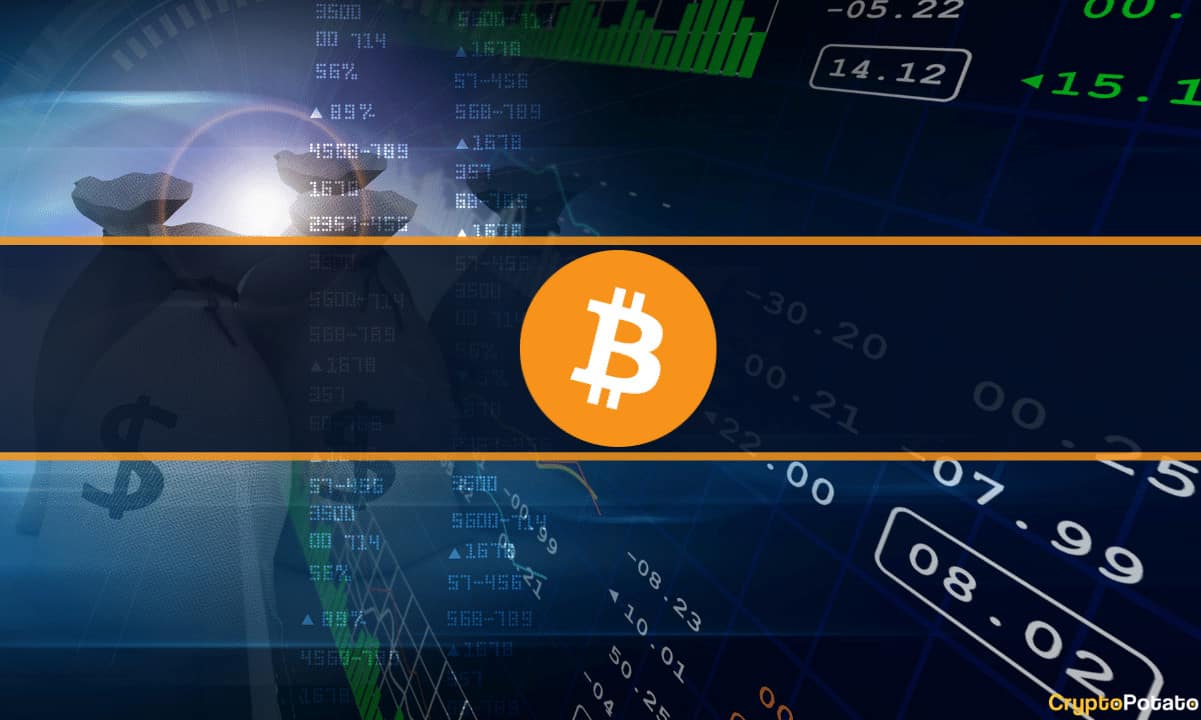
The condition of the global economy seems to be in a state of knockdown. The years of financial boom after the crisis in 2008 ended with the outbreak of the COVID-19 pandemic at the beginning of 2020. Social distancing measures and “stay-at-home” rules crippled production to a serious extent, while numerous central banks took the decision to print colossal amounts of fiat currencies in an attempt to patch economic holes.
Two years later, this decision (combined with the Russian-Ukrainian war and its financial consequences, among other economic difficulties, such as supply chain problems, soaring demand and production costs) caused a soaring inflation rates in many countries. In March, inflation in Turkey hit a year-on-year high of 61.1%. Countries like the United States and the United Kingdom have also suffered greatly.
When the inflation rates were galloping that much during the 80s, most people invested their depreciating fiat currencies into something that could keep its value in the future, such as real estate or gold. Nowadays, though, we have cryptocurrencies, and some residents of the affected countries already seem interested in diversifying with the asset class.
Major economies take a major hit on inflation
When looking at the global financial crisis, it is worth starting with the strongest economy – the United States of America. In April this year, the consumer price index (CPI) reached 8.5%, a 40-year high.
The reasons behind the negative statistics could be the Federal Reserve’s decision to print trillions of dollars during the coronavirus pandemic and the soaring electricity and gas prices due to the military conflict between Russia and Ukraine.
But not everything is so simple, because the problems began long before the war in Europe. Supply chain issues were already hurting the local (and global) economy and have only been exacerbated in recent months. Raw materials and labor are harder to come by, leading to a decrease in the number of products produced and inventory, while demand has remained the same or perhaps even increased.
The effects are more than visible. And while transport, shelter, food, and all other costs soar daily, people’s salaries take time to reach the necessary level to cope with the turbulence. As such, many individuals started looking for solutions, and those who had the experience and financial capabilities distributed part of their wealth into precious metals, properties, bonds, stocks, and digital assets.
Many financial experts and crypto proponents describe bitcoin as the digital version of gold and an effective hedge against inflation. Paul Tudor Jones, Ray Dalio and Jordan Peterson are some examples. The narrative that BTC could serve as a suitable anti-inflation tool comes from its limited supply (only 21 million coins to exist), accessibility, and decentralization (it is neither printed nor controlled by central banks ).
The accessibility feature is particularly interesting as some of the aforementioned assets typically regarded as safe havens are not as easy to access as BTC. All users have to do to get on the bitcoin blockchain is access to the Internet, and, if they choose to go through centralized exchanges, they can create accounts and be verified rather quickly. Investors could also purchase very small quantities of BTC (they don’t need to buy a whole one).
Weighing in on the matter, bitcoin bull Michael Saylor recently argued that the rate of inflation in the United States is actually higher than what authorities had announced, advising people to take refuge in the main digital asset.
The next country where inflation reached a 40-year peak is the United Kingdom. Apart from the reasons mentioned above, the local crisis was fueled by the nation’s withdrawal from the European Union, a move known as Brexit. Experts expect that it is likely to increase the cost of living in the UK due to its interrupted financial connections with the rest of Europe.
A recent Coinbase report revealed that crypto adoption in the UK is on the rise, with 33% of Britons having already taken a dip in the asset class. Bitcoin and Ether are the most commonly held, while Dogecoin and Binance Coin complete the top 4.
Record Inflation Reigns in Other Countries
In April, the largest country by landmass in South America – Brazil – marked the steepest rise in the inflation rate for a single month when the consumer price index IPCA rose from 11.04% in March to 12.1% 30 days later.
In light of the financial turmoil, according to the Gemini survey, Brazilians are the global leader in crypto adoption, as 41% of respondents admitted to owning bitcoin or altcoin.
The inflation rate in Nigeria is also heading north each month, and currently, it is over 16%. Interestingly, KuCoin estimated that one of the financial hubs in Africa has over 33 million crypto investors (35% of those aged 18 to 60). Apart from inflation fears, a huge proportion of Nigerians distribute their wealth into the cryptocurrency market because they have limited access to financial services.
Despite the negative trend in all these countries, the inflationary crisis looks even worse in Turkey. At the end of last year, the country’s national fiat currency – the Turkish lira – lost a significant portion of its value against the US dollar. Many blamed President Erdogan, whose controversial policies could have led to the sharp decline.
In March this year, the inflation rate in Turkey surpassed 60% (a year-over-year). Gold remains the most important and widely employed investment instrument in the country, but there could be an issue with this as the authoritative government urged the population to turn over its precious metal holdings to help support the economy.
At the same time, locals are gradually focusing on bitcoin and even Tether, which since it is pegged 1:1 with USD, allows people to buy the closest available option to the greenback but on the blockchain.


















